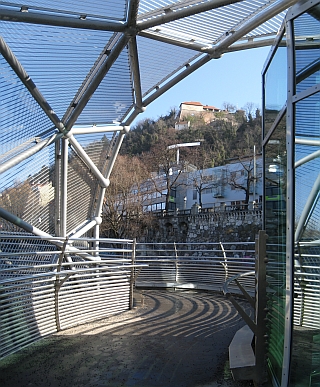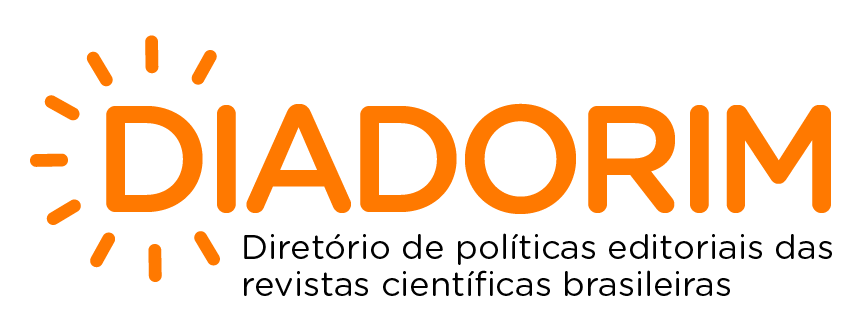Towards Algorithmic BIM Networks
Palabras clave:
CAD, BIM, Generative Architecture, Algorithmic Architecture, Topological ModelResumen
It seems that we can no longer think the future of digital technologies in architecture without rethinking the future of the profession. We argue that professional practice and architectural academia have developed two diverging stories about the present and future of the computerization in design. Architectural practice is using computer technology to “modernize” the profession more than truly revolutionize” it. Professional architects are integrating information technology with two narratives: first, computers are applied to streamline traditional manual processes, and second, computer are used to change the relationships among partners in the design-and-construction process, which in turn may drive new design-build documentation and bidding process, organizational culture, and structure. While in academia many support this “modernizing” view, an increasing number of universities are becoming test beds for new visions of design imagination. This ground-breaking portion of academia is presenting a broader critique in which architectural materiality can be rethought in relation to generative form-finding, population thinking, and automated topological structures. In this paper we will argue that a plausible merging of the ideas that are at the forefront of main stream practice and pioneering academia can yield one of the most novel themes for the future of architecture: Generative modelers that contain specific topological intelligence could be fused to a worldwide network of procurement of products and services in the construction industry.Descargas
Descargas
Publicado
Cómo citar
Número
Sección
Licencia
Autores que publican en esta revista concuerdan con los siguientes términos:
a) Autores mantienen los derechos autorales y conceden a la revista el derecho de primera publicación, con el trabajo simultáneamente licenciado bajo la Licencia Creative Commons Attribution que permite la divulgación del trabajo con reconocimiento de la autoría y publicación inicial en esta revista.
b) Autores tienen autorización para asumir contratos adicionales por separado, para distribución no exclusiva de la versión del trabajo publicada en esta revista (ej.: publicar en repositorio institucional o como capítulo de un libro), indicando que fue publicado originalmente en esta revista, con el enlace del artículo.








 Todo o conteúdo de Cadernos de Pós-Graduação em Arquitetura e Urbanismo está licenciado sob
Todo o conteúdo de Cadernos de Pós-Graduação em Arquitetura e Urbanismo está licenciado sob 